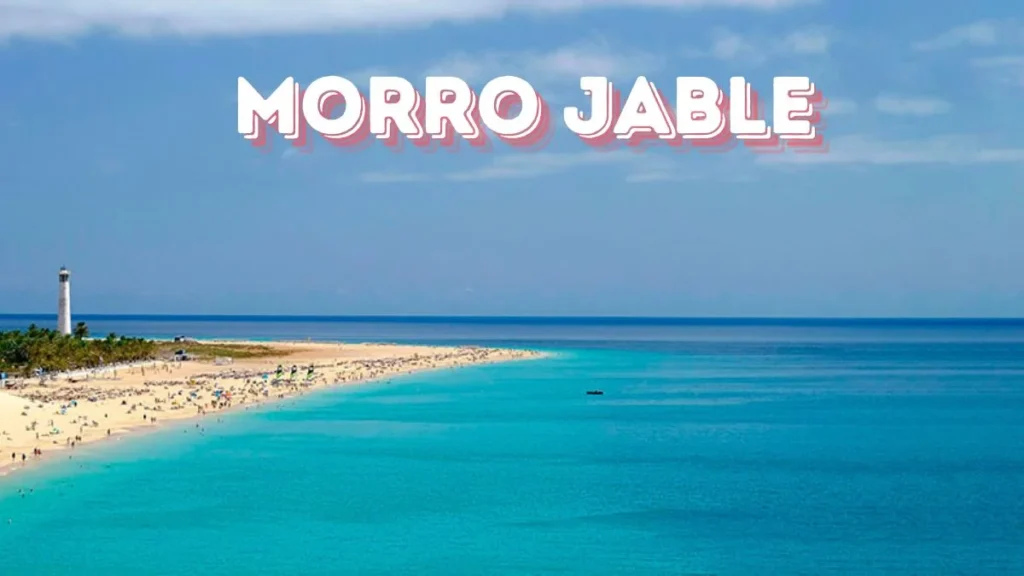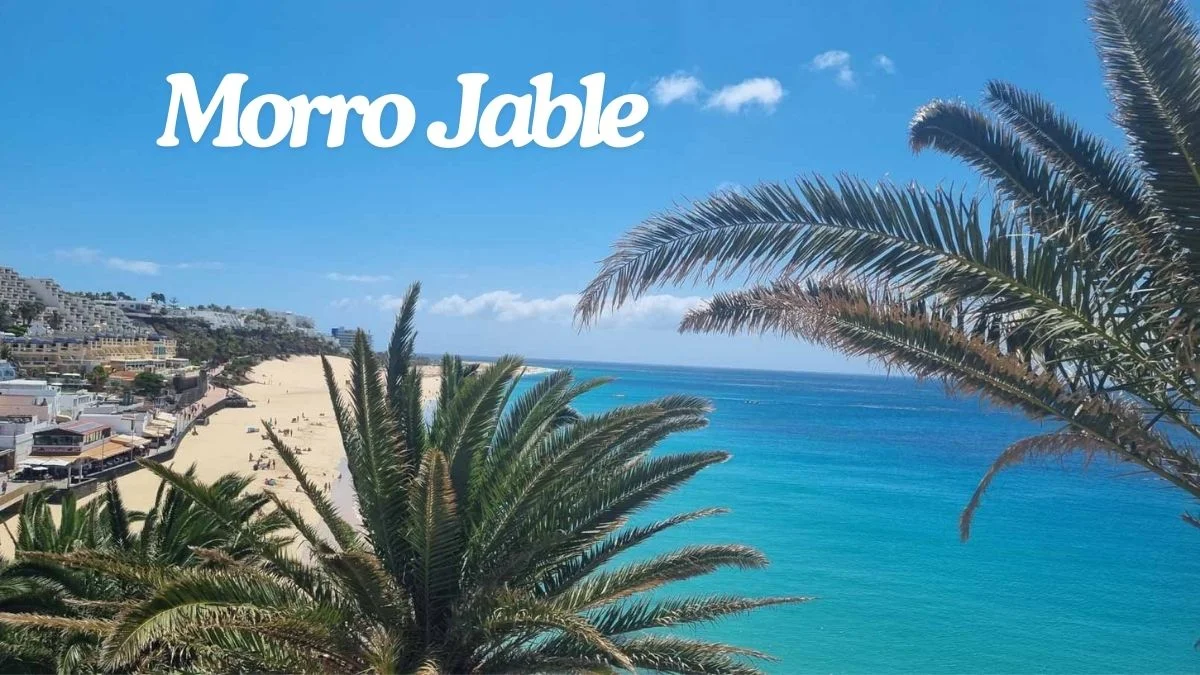Morro Jable is a charming locality situated within the municipality of Pájara on the island of Fuerteventura, one of Spain’s Canary Islands. With a population of around 7,000 as of 2020, Morro Jable stands as the most populated settlement in Pájara, a testament to its appeal and livability. This town, steeped in history and burgeoning with modern development, offers a unique blend of cultural heritage and contemporary tourism.
The Foundation of Morro Jable
The origins of Morro Jable trace back to 1899 when Cirilo López Umpiérrez laid the foundations by building the first house in the area. This initial construction marked the beginning of what would become a significant settlement on Fuerteventura. Cirilo López Umpiérrez’s vision and initiative were instrumental in transforming a sparsely populated region into a thriving community.
Geographical and Cultural Significance
This is located on the southern tip of Fuerteventura, providing it with a strategic advantage in terms of maritime activities and tourism. The locality boasts stunning beaches with pristine sands and crystal-clear waters, making it a favored destination for tourists seeking sun, sea, and relaxation. The natural beauty of Morro Jable is complemented by its mild climate, characterized by warm temperatures and minimal rainfall, making it an ideal spot for year-round tourism.
The cultural fabric of Morro Jable is woven with the traditions and customs of the Canary Islands. The town’s development over the years has seen a harmonious blend of modern influences and traditional practices. Festivals, local cuisine, and architectural styles reflect the rich heritage of the Canary Islands, offering both residents and visitors a glimpse into the region’s historical and cultural depths.
Economic Transformation through Tourism
One of the most significant factors contributing to Morro Jable’s growth has been the boom in tourism. Over the past few decades, the locality has transformed from a quiet fishing village into a bustling tourist hub. This transformation has brought about substantial economic benefits, creating jobs and improving infrastructure. Hotels, restaurants, and recreational facilities have sprung up to cater to the influx of tourists, making tourism the backbone of Morro Jable’s economy.
The rise in tourism has also fostered social transformation. The influx of visitors from diverse backgrounds has led to a more cosmopolitan atmosphere in Morro Jable. This blend of cultures has enriched the local community, introducing new ideas, cuisines, and lifestyles, thereby creating a dynamic and vibrant social environment.

Attractions and Activities in Morro Jable
Morro Jable offers a plethora of attractions and activities for visitors, catering to a wide range of interests. The beaches are undoubtedly the main draw, with Playa del Matorral being one of the most popular. This expansive beach is perfect for sunbathing, swimming, and water sports. The nearby Morro Jable Lighthouse is another notable landmark, offering stunning views of the coastline and the Atlantic Ocean.
For those interested in marine life, the Turtle Nursery is a must-visit. This conservation center focuses on the protection and rehabilitation of sea turtles, providing educational tours and opportunities to see these magnificent creatures up close. Additionally, Morro Jable’s harbor is a bustling area where visitors can embark on boat trips, fishing excursions, and even dolphin-watching tours.
The town itself is dotted with charming cafes, restaurants, and shops. The local cuisine, heavily influenced by fresh seafood, is a culinary delight. Traditional Canarian dishes such as papas arrugadas (wrinkled potatoes) with mojo sauce and fresh fish are not to be missed. The local markets offer a variety of goods, from handmade crafts to local produce, giving visitors a chance to take a piece of Morro Jable home with them.
Environmental Stewardship
Despite the rapid development and growth in tourism, Morro Jable has remained committed to environmental stewardship. Efforts are made to ensure that tourism development does not come at the expense of the natural environment. Beach clean-up initiatives, conservation programs, and sustainable tourism practices are actively promoted to preserve the natural beauty of the area.
The local government and community organizations work together to protect the unique flora and fauna of the region. The conservation of the loggerhead turtles is a prime example of these efforts, with the Turtle Nursery playing a crucial role in this regard. These initiatives highlight Morro Jable’s dedication to maintaining a balance between economic growth and environmental sustainability.
The Future of Morro Jable
Looking ahead, Morro Jable is poised for continued growth and development. Plans for further infrastructure improvements, such as enhancing transportation links and expanding tourist facilities, are in place. The focus remains on sustainable development, ensuring that the locality can accommodate the growing number of visitors while preserving its natural and cultural heritage.
The local community remains a vital part of Morro Jable’s future. Efforts to involve residents in decision-making processes and community projects ensure that development aligns with the needs and aspirations of the people. This inclusive approach fosters a sense of ownership and pride among the residents, contributing to the overall well-being of the locality.
Conclusion
Morro Jable is a shining example of how a small fishing village can transform into a thriving tourist destination while preserving its cultural and natural heritage. From its humble beginnings with Cirilo López Umpiérrez’s first house to its current status as a bustling hub of tourism, Morro Jable’s journey is a testament to the resilience and vision of its people. With its stunning landscapes, rich cultural fabric, and commitment to sustainability, Morro Jable continues to attract visitors from around the world, offering them an unforgettable experience on the beautiful island of Fuerteventura.









